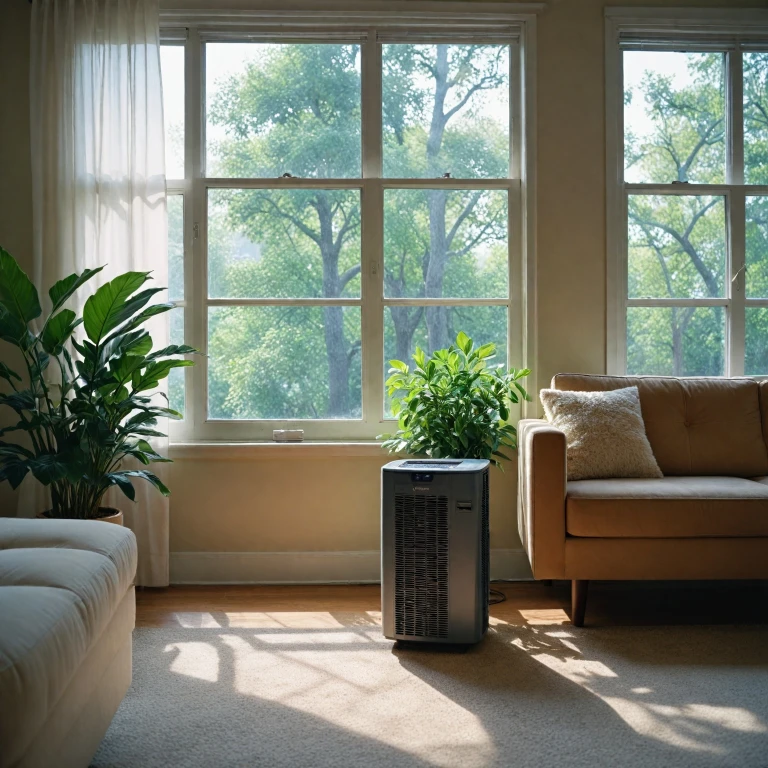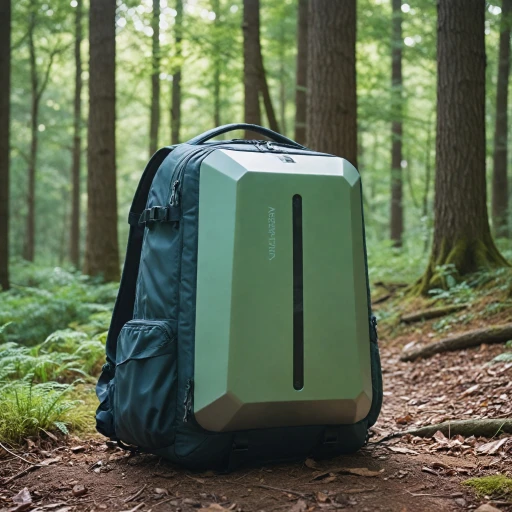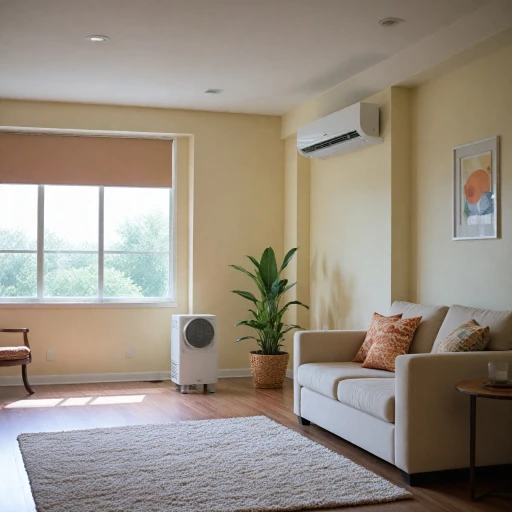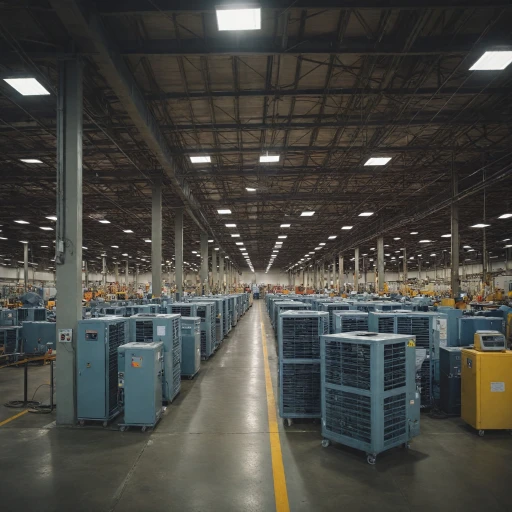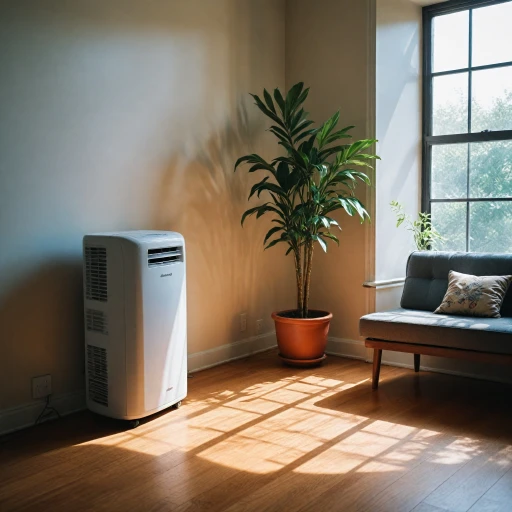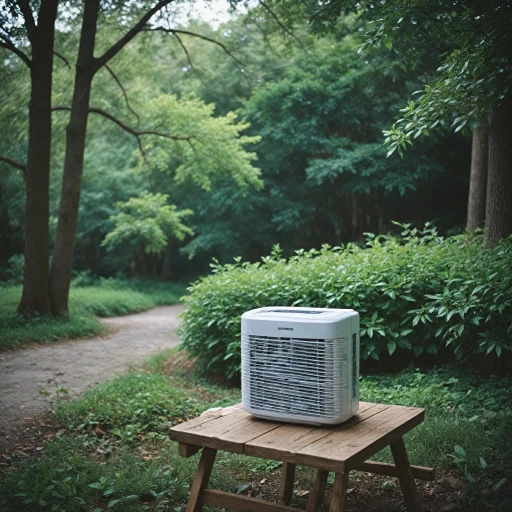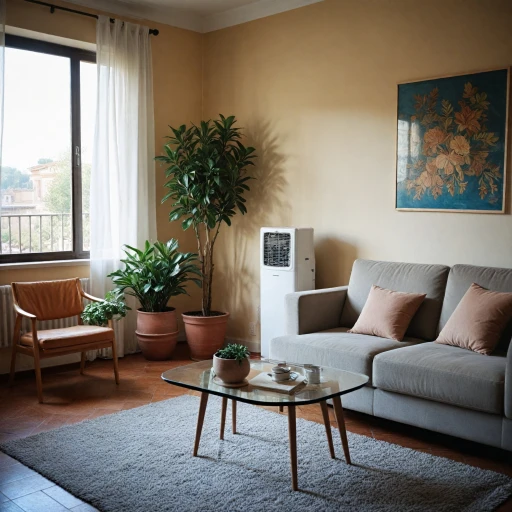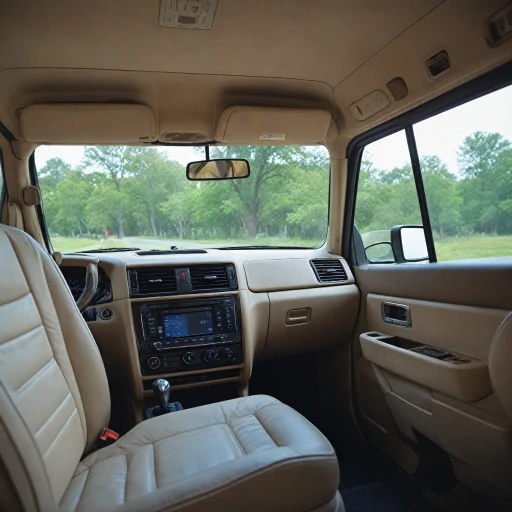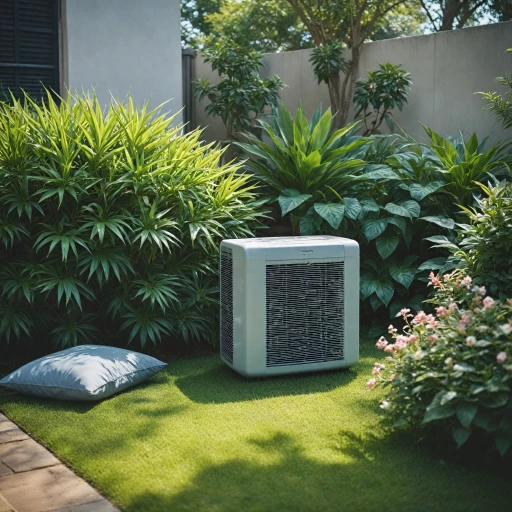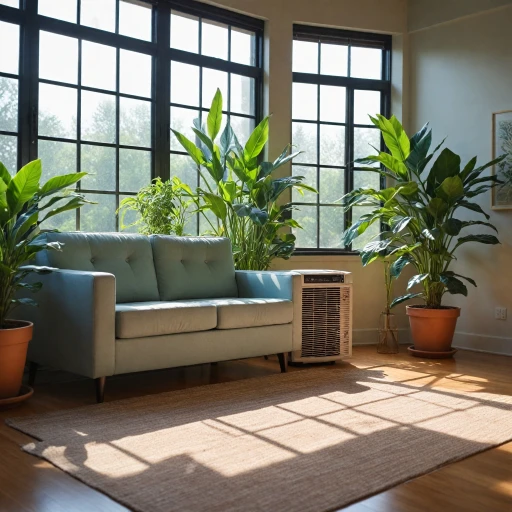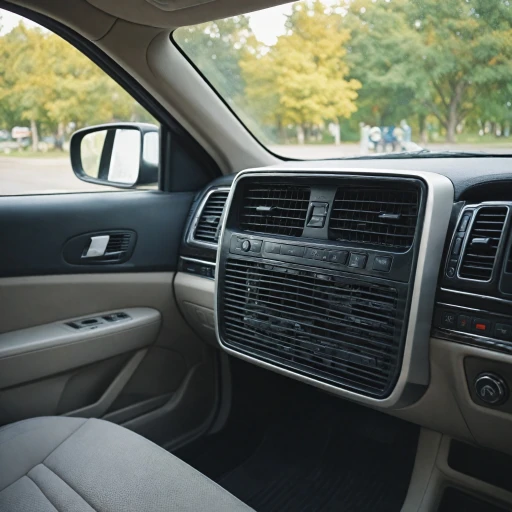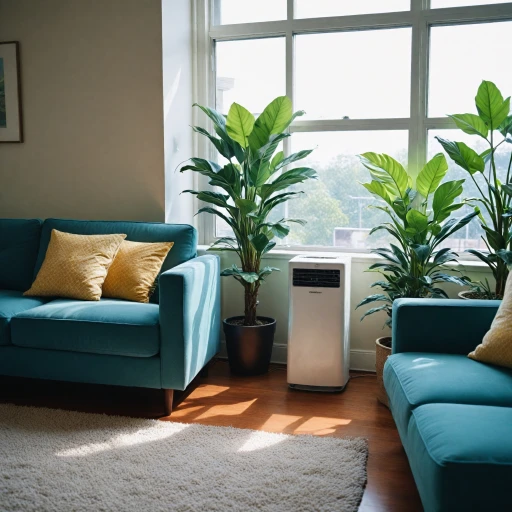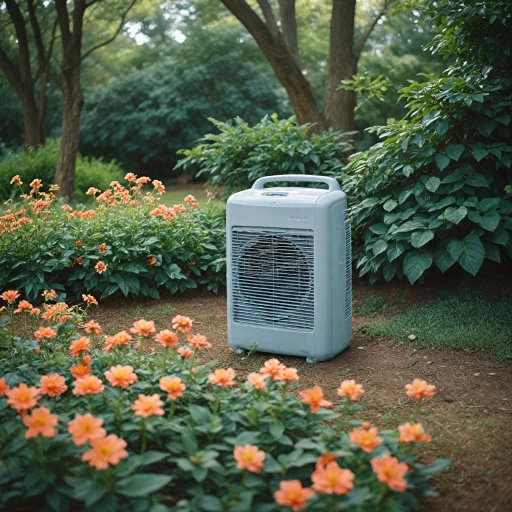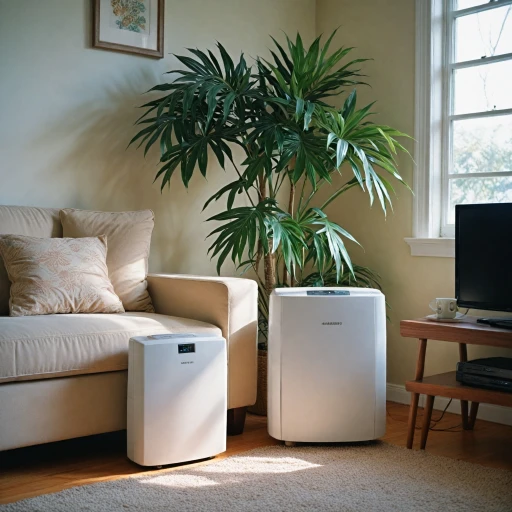
What is a Portable Heat Pump AC?
Exploring the Basics of Portable Heat Pump Air Conditioners
Portable heat pump air conditioners combine the functions of cooling and heating in a versatile, compact unit that can be easily moved from room to room. These units are particularly beneficial for those living in areas with varying seasonal temperatures, as they provide year-round climate control. A portable heat pump AC operates by using heat pump technology to efficiently transfer heat energy. This process involves the use of a refrigerant, which absorbs heat from inside the room during the cooling mode and expels it outside through a window or hose. In heating mode, the unit reverses this process, drawing heat from outside and bringing it into the room. One of the key components of these units is the portable design, which typically includes a hose for venting air outside and a window kit to ensure proper installation. With fan speeds and BTU ratings (British Thermal Units) varying based on the model, they cater to different room sizes and cooling or heating needs. Many modern portable air conditioners feature user-friendly additions like remote control operation, offering convenience and ease of use. Some units also come with dual hose systems, which improve efficiency by ensuring better airflow and reducing energy consumption. While newer models might include additional functionalities, traditional units often require proper drainage, usually involving a water collection pan or continuous drain option to manage condensation. Energy efficiency stars provide insight into how much energy the product consumes, helping users choose models that suit their environmental and cost-saving preferences. For those considering portable heat pump ACs versus other home cooling and heating solutions, it's crucial to assess the BTU rating to ensure adequate performance for the intended space. This decision can be guided by understanding the benefits of different types, such as mini split systems or traditional window units. More information about their features and benefits can be found in our dedicated analysis on understanding the benefits of a Sharp portable air conditioner.Advantages of Using a Portable Heat Pump AC
Energy Efficiency and Versatility
Perhaps one of the most compelling advantages of using a portable heat pump AC is its energy efficiency. These units function by transferring heat rather than generating it, which can significantly reduce energy consumption compared to traditional heaters and air conditioners. This efficiency aspect results in lower energy bills and minimizes the environmental impact, making it an environmentally friendly solution.
Dual Functionality for Year-Round Comfort
A portable heat pump AC excels in providing both heating and cooling, offering flexibility throughout the year. Whether you need a cool breeze during hot summer days or warmth in colder months, these units can seamlessly transition between functions. This dual functionality is particularly beneficial for those living in regions with variable climates, allowing for comfortable indoor environments without the need for separate climate control systems.
Flexible Placement and Easy Installation
One of the standout features of portable air conditioners is their ability to be easily moved from room to room. Unlike fixed units that require permanent installation, portable units can be situated wherever they are needed most. This flexibility ensures that any space, from a bedroom to a small office, can enjoy efficient climate control. The simple installation process typically involves a window kit and a hose, facilitating quick setup and repositioning as required.
Cost-Effectiveness and Compact Design
Investing in a portable heat pump AC can lead to cost savings over the long term. Not only do you save on energy costs due to the unit's efficiency, but also by not having to purchase both a heater and an air conditioner separately. Additionally, the compact design of portable air conditioners makes them ideal for smaller spaces where a traditional window unit or mini split might be impractical. Their portability also means you won't need multiple units spread across your home or workspace.
For an in-depth look at these advantages and more, check out this blog post that explores the benefits of battery-powered options, an innovative alternative in the realm of portable heat management solutions.
How to Choose the Right Portable Heat Pump AC
Key Considerations for Selecting Your Ideal Unit
Choosing the right portable heat pump AC involves understanding several crucial factors that ensure optimal cooling and heating efficiency for your space. Making an informed decision now will save you both time and money in the long run.- BTU Rating: The BTU, or British Thermal Units, is a measure of the cooling capacity of an air conditioner. A higher BTU rating typically means more cooling power. However, it's essential to match the BTU with your room size. Oversizing or undersizing can lead to inefficient operation. For instance, a unit with a 14,000 BTU rating might be suitable for a large living room but unnecessarily powerful for a smaller bedroom.
- Dual Hose vs. Single Hose: Dual hose units generally offer more efficient cooling compared to single hose models. They expel the hot air and use a second hose to pull in air from the outside. This dual mechanism prevents negative pressure inside the room, enhancing efficiency.
- Energy Efficiency: Look for units with high energy stars ratings. These models consume less power, ultimately lowering your energy bills. Additionally, more energy-efficient units reduce your carbon footprint, aligning with more sustainable living practices.
- Heating Capability: If you’re looking for year-round usage, ensure that the portable unit also has a heater function. Some models effectively double as heaters by reversing the heat pump process, making them versatile in various climates.
- Portability and Size: Consider the weight and dimensions of the unit, especially if you plan to move it between rooms or buildings. Some portable acs come with convenient caster wheels and handles, making them easy to transport.
- Noise Levels: Depending on where you plan to use the unit, noise might be a significant factor. Many modern portable air conditioners focus on quiet operation, making them less intrusive during use.
- Remote Control and Features: Features such as remote control, adjustable fan speeds, and various modes (cooling, heating, dehumidifying) add convenience and flexibility. Consider a unit that offers digital controls for precise temperature settings.
- Installation Requirements: Pay attention to how the unit will be set up. Most portable heat pumps come with a window kit and a hose for venting. Ensure compatibility with your window type and dimensions to avoid installation hassles.
- Water Drainage: Some units self-evaporate, minimizing the need for manual drainage, while others may require regular emptying. Consider the conveniences of each type based on your usage and availability for maintenance.
Installation and Maintenance Tips
Setting Up and Maintaining for Optimal Performance
When the summer sun becomes relentless, your portable heat pump air conditioner can be the saving grace you need. Yet, to enjoy its full benefits, the proper setup and regular maintenance are crucial. Much like preparing a mini split or even traditional energy-consuming air conditioners, your portable unit requires certain considerations to maximize efficiency.Initial Installation Steps
Most portable heat pump units come with a user-friendly installation process. However, ensuring that all parts are correctly set up will make a significant difference in cooling and heating performance.- Placement: Position the unit in a location where the air flows efficiently into the desired room. Avoid corners or spaces obstructed by furniture.
- Window Kit Setup: Use the included window kit to fit the exhaust hose through a window. The hose, typically dual hose for more efficient units, should be securely attached to prevent air leaks.
- Drainage Consideration: Depending on your model, the unit may require water drainage. Some units offer an automatic evaporation system, while others need manual draining. Check if your product needs an additional drain hose and set it up accordingly.
Maintenance for Longevity
Regular maintenance not only extends the life of portable acs but also keeps energy consumption in check.- Cleaning the Filters: Dust and debris can accumulate quickly, affecting the unit’s performance. Clean the filters regularly; some conditioners have washable filters, making maintenance hassle-free.
- Checking the Hose Connections: Ensure all hose connections remain tight to prevent any air leaks which could lower efficiency, especially in high BTU units.
- Inspect Fan Speeds and Remote Control: Test different fan speeds and the remote control functions for any issues. An unresponsive remote control might simply need new batteries.
Common Challenges and Solutions
Troubleshooting Portable Heat Pump Air Conditioners
While portable heat pump AC units are generally convenient and efficient, they can present common challenges that users need to address to ensure optimal performance throughout the year.
- Water Drainage Issues: Many portable air conditioners produce condensation, which needs to be effectively managed. Some units come with a built-in water tank that requires periodic emptying, while others feature a continuous drain system. Ensure your model has a clear and properly connected drain hose to prevent overflow and maintain efficiency.
- Insufficient Cooling: If your portable AC is not cooling the room adequately, check if the BTU rating matches the room size. Also, ensure that the dual hose system is properly installed with the window kit to prevent air leaks and external heat intrusion.
- Uneven Heating: In heating mode, make sure the unit is situated in an area where warm air can circulate freely, avoiding obstructions like furniture. Portable heat pumps must work effectively with fan speeds that distribute air evenly.
- Energy Consumption Concerns: Portable air conditioners may consume significant energy depending on their use. Opt for units with higher energy efficiency ratings and programmable remote control options to adjust settings and conserve energy as needed.
- Noise Levels: Although many units advertise quiet operation, some may still produce noticeable noise. Consider adjusting the fan speeds and placement of the unit to minimize disruption, especially in small or acoustically sensitive rooms.
By understanding these challenges and implementing the respective solutions, users can maintain the functionality and longevity of their portable heat pump air conditioners, making them a viable alternative to traditional HVAC systems and mini split units, which may require more complicated installations or higher upfront costs.
